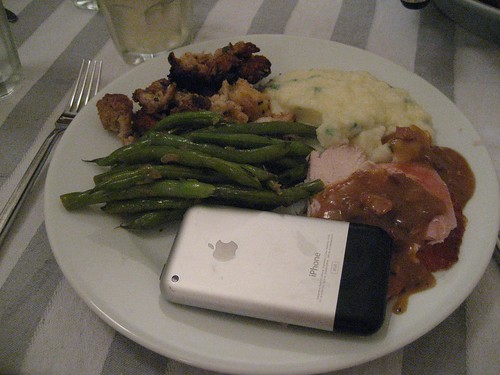When moving to a cloud-based model, one of the first activities I recommend to my clients is to deconstruct the target business processes of the organization, much in the vein of a solution architect's approach to functional decomposition. Consider the Wikipedia definition: "…the process of decomposition is undertaken either for the purpose of gaining insight into the identity of the constituent components… or for the purpose of obtaining a compressed representation of the global function, a task which is feasible only when the constituent processes possess a certain level of modularity (i.e., independence or non-interaction).
This identification and compartmentalization -- breaking the problem down into smaller bits -- is derived from the Kaizen approach that promotes the decomposition of a larger problem into smaller chunks, from which corresponding solution logic can be realized. A larger problem (for sample, the execution of a client induction business process) can be better addressed when 'chunked' into smaller parts. Each component (web service) that is built exists as a separate tool responsible for solving one or more of the identified, smaller steps in a process. This SOA-derived approach forms the basis for a distributed model.
To achieve this, I've adopted -- as part of the Bluedog Unified Process -- a business process modeling approach that addresses a comprehensive approach to architecture, enables modeling of processes with an economic model, and addresses other important enterprise-level issues. This means an enterprise may undertake software projects to successfully address modern requirements of flexibility and cost-effectiveness.


